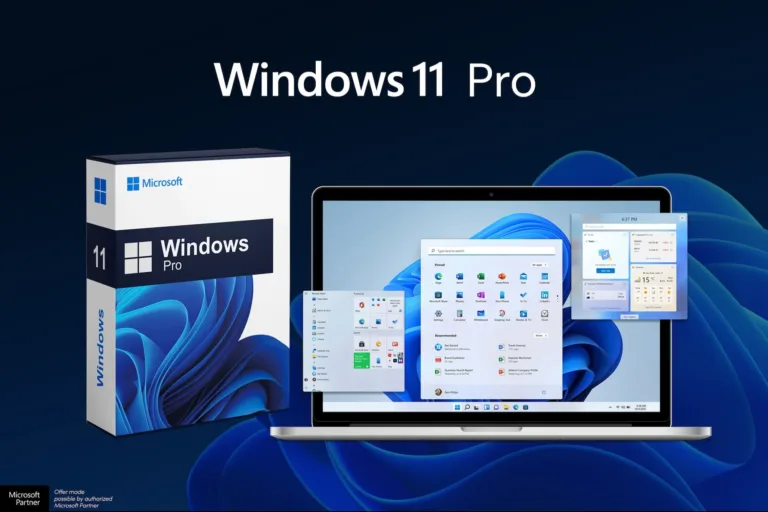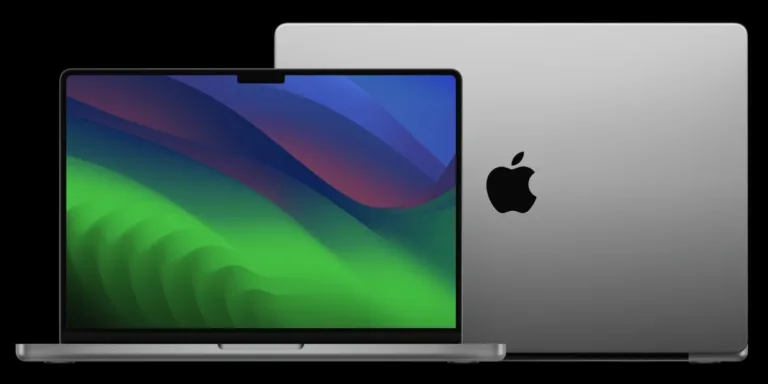Why Managing Your Energy is the Key to Preventing Burnout
Many of us strive for productivity and efficiency in our daily lives, but this can lead to burnout. Burnout is a state of exhaustion that depletes our energy reserves, leaving us incapable of coping. Energy management, as opposed to time management, offers a solution to prevent burnout and optimize our productivity. By understanding our energy patterns and needs, prioritizing activities that replenish our energy, and setting boundaries with energy drainers, we can cultivate a fulfilling and productive life. This article explores the benefits of energy management, provides practical tips to incorporate it into our routines, and answers frequently asked questions about energy management.









